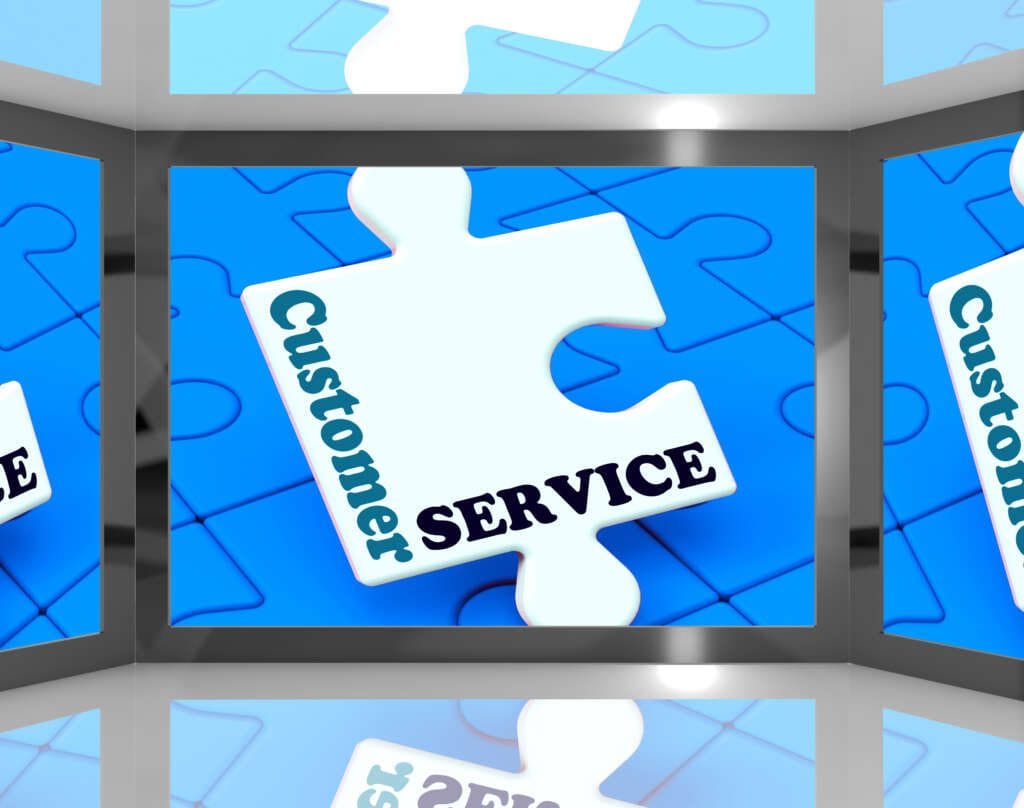
Christi Alvarez; Growth Strategist; Cro Metrics
It was the French philosopher, Emile Chartier who said; “Nothing is more dangerous than an idea when it is the only one you have.”
For brands, it can sometimes be tempting to go all in on the one big idea that the boss has bought into, or the one with the most votes at a company brainstorm. Especially if budgets are tight and you believe that committing to a concept and going with it is the most effective way to proceed.
Stop right there.
With more than a decade of optimization experience, I can say with authority that blindly following a single route is a false economy for brands. A/B testing is critical in helping you to understand what your customers need, want and respond to, triggering greater response rates and greatly extending a potential lifetime customer value.
And there’s no better place to start testing than your landing page. This is the first, crucial interaction with a potential customer and has the greatest impact on potential conversion. If you want to maximise your ROI, you need to lower conversation costs and a strong landing page experience will go a long way to achieving this. Failing to optimize your landing page is like not having a Maitre D at a restaurant. Instead of being greeted at the door and guided through a design experience (perhaps also subtly steered towards the finer end of the wine list), they are left to bumble through the building at will. Instead of making the most of every visitor, you lose them through an unoptimized funnel.
A one-second delay in landing page load time can decrease conversions by 7%. Having multiple offers on your landing pages can decrease conversions by 266%. The numbers don’t lie, so it’s worth the additional effort of making sure you find what works for your customers before committing a particular idea. A/B testing ensures that you are following your audience’s lead when it comes to creating landing pages that align with their needs, taking the guesswork out of the process.
Of course it’s no use testing if you don’t have usable data. If you can’t immediately tell if changes you make are having a positive or negative impact, you aren’t being rigorous enough. You need to prove and validate any change to maximise return, including cycles of iterative testing and tracking metrics.
A case study: Insurance client
A disruptive insurer discovered a landing page was underperforming, delivering a low conversion rate. They tried a website redesign, which didn’t work so turned to our team for help.Through an iterative process, we found customer fiction resulting from the standard landing page quote form. We needed to rescue the friction from inside the quote funnel, particularly from paid traffic sources (ads). After changing the standard form to one with a more conversational flow, we tested again and found a 12% increase in conversions for all traffic.
Taking the insight that customers preferred a more conversational format, we then replaced all the other quote forms with one of this style, increasing conversion by additional 8%. By allowing these conversion lifts against sample numbers, we reduced customer acquisition cost (CAC) by 17%.
We also tested two different types of answer formats; dropdowns and yes/no buttons. We found that yes/no buttons resulted in an 8% increase in payments completed via the form.
The example above shows just how testing can directly impact customer experience and the bottom line.
What to test?
In short, test everything. But as a starter for ten we’d recommend the following:
- Offers: The offer is what you give the visitor in exchange, be it a free quote, a phone call or some form of digital download (or lead magnet). Testing can help pinpoint which offers result in increased conversions.
- Headline: This is the first thing a visitor will see beyond your ad so a headline that your target audience finds engaging will lead to higher conversion.
- Messaging: Copy matters. Your landing page copy needs to match your ad message to avoid confusing your audience. A/B testing will help you find the right message to compel your audience to act.
- Social proof: Your landing page should include social proof such as testimonials, product reviews and endorsements. Again, your audience will respond to certain types more than others.
- Call to Action: For conversion, you need a compelling call to action. You can optimise elements like font colour and style, copy, buttons and positions on the page to define what works best for your brand.
As the old adage goes, you never get a second chance at a first impression. So it’s important to make it count. Gut instincts may work on a personal level but for brands and businesses you need to apply a more scientific approach. A strong A/B testing ethic will help drive a culture of continuous customer-first approach which will improve the customer experience, drive acquisition and retention and potentially extend your customer relationships long term.


